Graphics Reference
In-Depth Information
Figure 4.10.
Proving the inverse func-
tion theorem.
B
n
(r/2)
B
n
(r)
f
x
x
0
y = f(x)
f(x
0
)
U
f
-1
1
2
()
-
()
£-
g
xx
xx
(4.7)
0
0
for
x
Œ
B
n
(r). Define
x
0
=
0
,
x
1
=
y
, and x
m+1
=
y
- g(
x
m
), for m ≥ 1. Our hypotheses
imply that
1
2
xx
-
£
x
-
x
,
mm
-
1
m
-
2
m
-
1
and so |
x
m
|£2|
y
| for all k. It follows that the
x
m
converge to a point
x
with |
x
|£2|
y
|,
that is,
x
Œ
B
n
(r). Furthermore,
x
=
y
- g(
x
), so that f(
x
) =
y
. To prove that
x
is unique,
assume that f(
x
1
) =
y
. Then
1
2
-=
()
-
()
£-
xx
g
x
g
x
xx
,
1
1
1
so that
x
-
x
1
= 0. The claim is proved.
The claim shows that
r
Ê
Ë
ˆ
¯
-
1
n
n
()
f
:
B
Æ
B
r
2
exists. The map f
-1
is continuous because
1
2
()
-
()
≥- -
()
-
()
≥-
f
x
f
x
xx
g
x
g
x
xx
1
1
1
1
implies that
-
1
-
1
-≥
()
-
()
yy
f
y
f
y
.
1
1
We still need to show that f
-1
is differentiable in addition to being continuous.
Since f is differentiable, we have that
()
=
()
+
()
-
(
)
+
(
)
f
xx
f
Df
xxx xx
h
,
,
(4.8)
1
1
1
1
where







